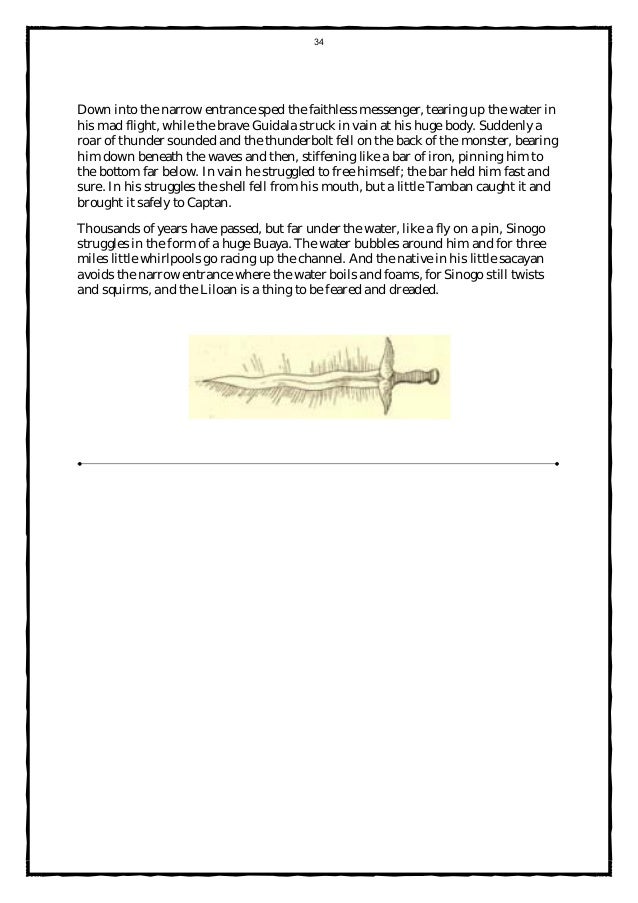

Until very recently, the term Diwata was not used in the island of Luzón.Īdditional Notes.- The term Diwata is derived from the Sanskrit term Deva or devata. The Manguindinao Moros call the idols and gods of the infidels, their neighbors, Diwata. From Ferdinand Blumentritt’s “Dictionary of Philippine Mythology”ĩ. Diwata (adapted from the Tiruray tale), Illustrated by Ralph Angelo B. Other spirits and mythical beings are also called this name. It is assumed that this is not the only monster that the Tirurayes call Diwata. The Tirurayes call a superstitious fish that has eight heads and lives in Ombligo or in the middle of the river, a Diwata. It is assumed that the Subanos know not only one, but many diwatas.Ĩ. The Subanos (Mindanao) relate only in a vague meaning of the Diwata, and dark idea of god, of whom they are very afraid of. “The bailán is a man or woman who has become an object of special predilection to one or more of those supernatural friendly beings known among the Manóbos as diuáta.” ħ.

Also the Manobos (Mindanao) have a spirit called Diwata. A class of numerous spirits who serve Eugpamolak Manobo – first and greatest of the spirits, and the creator of all that is.” Ħ. However it is assumed that they do not give this name just to a singular spirit. The Bagobos (Mindanao) know, more or less, a Diwata. “If she should fail to read the future the first time, she dances for one night before the manaog and the following day is able to read it clearly, the Diwata having revealed the hidden meaning to her during the night conference.” The Mansaka manaog of the Mansaka Tribe in Davao del Norteĥ. This is invariably done while the others are asleep.” He further states that with the aid of Diwata the ballyan is able to foretell the future by the reading of palms. According to his account “the ballyan dances for three consecutive nights before the manaog, invoking his aid and also holding conversation with the spirits.

The people of Mayo claim that they do not now, nor have they at any time made images of their gods, but in the vicinity of Cateel Maxey has seen wooden images called manaog, which were said to represent Diwata on earth. The Mandayas (Mindanao) call the idols that represented their ancestors Diwata or Manaog.”A good spirit who is besought for aid against the machinations of evil beings. They live where the tree trunks hold up Langit (“an infinitely high canopy”), which is the visible celestial region.” Ĥ. “The diwatas control the rain, and they are believed to be the creator of the world and of human beings. The Tagbanuwas, another indigenous people of Palawan, called the spirits and invisible beings diwatas. The people had been advised by their Babaylan (healer) to stay out of the river between twelve noon and two in the afternoon.ģ. While this author was visiting the Batak of Palawan, it was believed a diwata was in the river that runs through the village and was making the people ill. The Batak of the island of Palawan give the name Diwata to minor spirits. Landa Jocano’s translated recordings of the Hinilawod epic of Panay, Nagmalitong Yawa Sinagmaling Diwata was described as a beautiful deity who was married to Saragnayan (the keeper of light) and was desired by one of the epic heroes, Labaw Donggon.Ģ. This was performed in every community in Leyte and Samar by the bailanes or daetan for their diwatas (the souls of their deceased ancestors). identifies as Dian Masalanta is known to be the “patron of lovers and generations.” Alzina chronicled the most famous and well-attended communal rituals, called pagtigma-an. There were also “anitos of the house, whose favor they implored whenever an infant was born, and when it was suckled and the breast offered to it.” Another anito whom Fr.

For the Tagalogs, each anito had a particular office whose blessings and favor they implore when they go to the battlefield. Amongst the early Visayans they had Diwata, similar to the anitos of the Tagalogs. Diwata by Charisse ‘Dadis’ Mellizaĭiwata (Sanskrit origin Deva “divine”, devata “celestial beings”) is the name that the various groups of the southern archipelago give to their spirits and deities. The anito concept was prominent in Luzon, while the diwata prevailed in the Visayas and Mindanao. In ancient Filipino culture, the diwata or anito was the dominant concept in the various religions throughout the archipelago. (function($) (jQuery)) var $mcj = jQuery.noConflict(true) Ī DIWATA is most popularly known in modern times as a nature spirit or a ‘fairy’ that is often a steward over a certain mountain or piece of land.


 0 kommentar(er)
0 kommentar(er)
